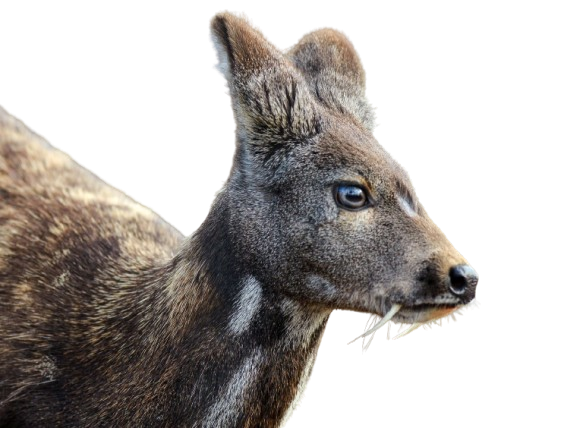Why in the News?
A Central Zoo Authority (CZA) report reveals a major conservation error — the critically endangered Alpine musk deer was wrongly replaced by the Himalayan musk deer in India’s breeding programmes.

Back2Basics: Central Zoo Authority (CZA):
|
About Alpine Musk Deer (Moschus chrysogaster):
- Not a true Deer: closer to goats and antelopes (Bovidae).
- Musk Sac: Males have a visible musk sac between the testes.
- Canines: Grows fang-like canines during the mating season.
- Habitat: Found at 3,000–5,000 m in forests of the Himalayas.
- Range: India (J&K, HP, Uttarakhand, Sikkim, Arunachal), Nepal, Bhutan, China.
- Diet: Eats grasses, leaves, lichens, mosses, and twigs.
- Behaviour: Solitary and crepuscular (active at dawn/dusk).
- Legal Protection: IUCN Status Critically Endangered (2014), CITES Appendix I; Indian Wildlife Act- Schedule I.
- Threats: Poaching for musk and habitat loss.
- Key Habitats: Askot, Gangotri & Kedarnath Wildlife Sanctuaries (Uttarakhand).
| [UPSC 2020] Which of the following are the most likely places to find the musk deer in its natural habitat?
1. Askot Wildlife Sanctuary 2. Gangotri National Park 3. Kishanpur Wildlife Sanctuary 4. Manas National Park Options: (a) 1 and 2 only * (b) 2 and 3 only (c) 3 and 4 only (d) 1 and 4 only |
Get an IAS/IPS ranker as your 1: 1 personal mentor for UPSC 2024

